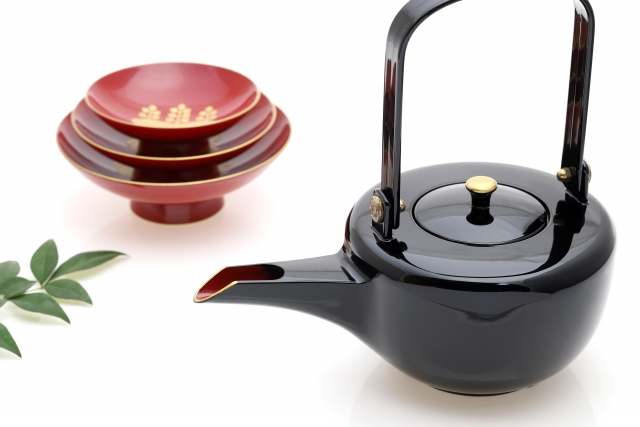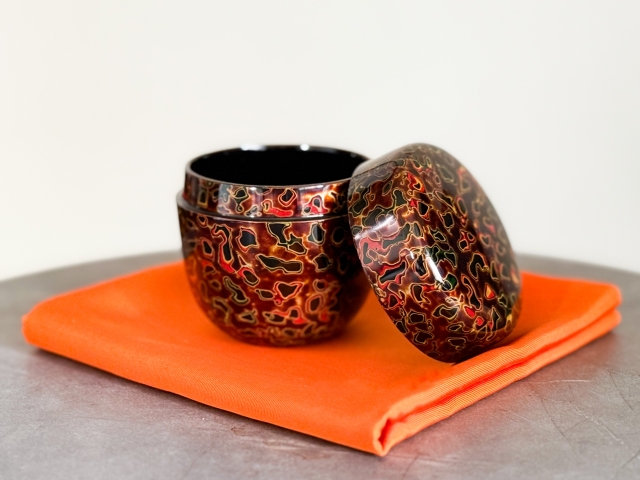Japan boasts numerous traditional cultural crafts, among which lacquerware is especially celebrated globally for its beauty and durability. Among Japan’s various lacquerware-producing regions, Kagawa Prefecture holds a particularly esteemed position. Indeed, the tradition of lacquerware in Kagawa predates even Ishikawa’s renowned lacquerware, with a rich history spanning over 1200 years.
The History of Kagawa Lacquerware

Kagawa lacquerware originated around the early Heian period (9th century). Due to the region’s abundant supply of high-quality lacquer, lacquerware crafting naturally flourished in Kagawa. Particularly from the Muromachi period onward, Sanuki lacquerware (Sanuki being the historical name for present-day Kagawa) became highly sought after by samurai and nobility, gaining nationwide recognition as a premium product.
During the Edo period, local feudal lords provided active support and encouragement, prompting artisans to further refine their techniques. However, Kagawa’s lacquerware industry faced severe hardships due to wars and natural disasters, significantly reducing the number of skilled artisans. Post-World War II saw an especially dramatic decline in artisan numbers, yet a dedicated few persevered passionately, ensuring the tradition survived.
Characteristics of Kagawa Lacquerware
Kagawa lacquerware is particularly noted for its intricate designs and meticulous finish. The most distinguished method is the “Kinma” technique, a painstaking process where multiple layers of lacquer are applied, then carefully carved to reveal intricate patterns. The resulting Kinma lacquerware features delicate, vibrant designs with profound colors, gaining widespread acclaim internationally.
Another notable Kagawa-specific technique is “Zonsei,” involving carving designs into lacquer-coated surfaces and inlaying these carvings with gold or colored lacquer, producing pieces of elegance and gravitas.
Appreciating Kagawa Lacquerware
Beyond its artistic merit, Kagawa lacquerware is highly practical and enjoyable in everyday life. Its lightweight durability makes it ideal for regular use as tableware. Furthermore, contemporary artisans frequently incorporate modern design elements, making Kagawa lacquerware popular as interior decoration.
Visitors to Kagawa can explore lacquerware stores and artisan workshops in Takamatsu City, where they can admire pieces up-close, watch artisans demonstrate their craft, or even create their own lacquerware in hands-on workshops.
Kagawa lacquerware offers a profound connection to Japanese traditional culture. Experiencing its beauty, craftsmanship, and enduring legacy will undoubtedly enrich your appreciation of Japan’s cultural depth. Be sure to hold a piece of Kagawa lacquerware in your hands during your travels, creating a memorable keepsake from your journey.


